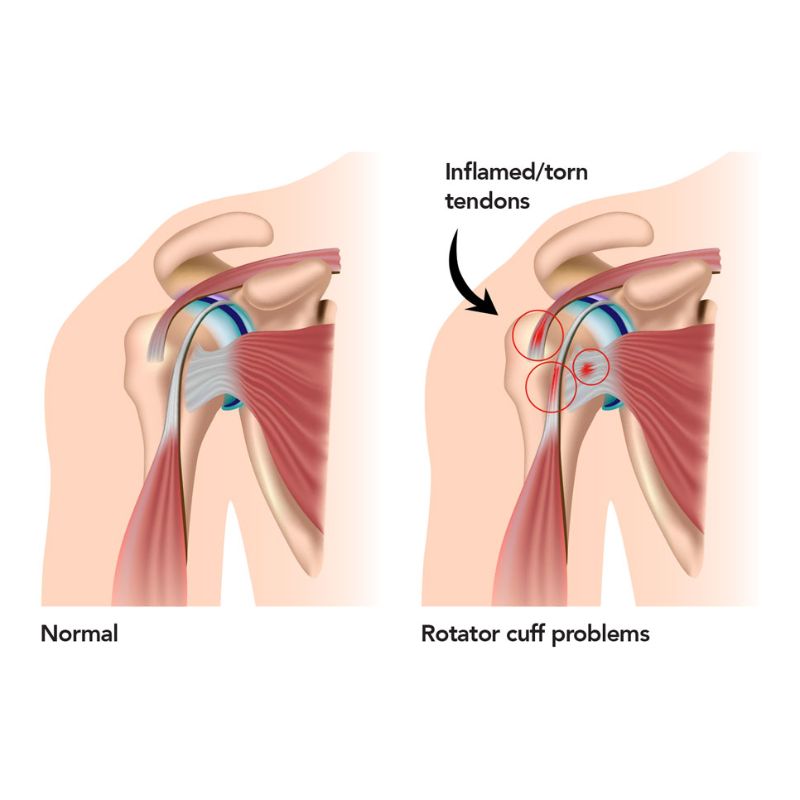
06
Jun
2022

Do you get a sharp, debilitating pain in your shoulder when you are performing tasks like brushing your hair, putting on certain clothes or showering?
During these movements, where you raise your arm out to the side and then upwards over your head, do you alternate between no pain and pain? For example, during the first part of the moment you don’t feel any pain, and then suddenly your shoulder “catches” and there is sharp pain, followed by no pain again as you continue to move your arm upwards.
These are all signs of a condition called Shoulder Impingement Syndrome (SIS), where the tendons of the rotator cuff muscles that stabilise your shoulder get trapped as they pass through the shoulder joint in a narrow bony space called the sub-acromial space.
Impingement means to impact or encroach on bone, and repeated pinching and irritation of these tendons and the bursa (the padding under the shoulder bone) can lead to injury and pain.
Shoulder complaints are the third most common musculoskeletal problem after back and neck disorders. The highest incidence is in women and people aged 45–64 years. Of all shoulder disorders, shoulder impingement syndrome (SIS) accounts for 36%, making it the most common shoulder injury.
You shouldn’t experience impingement with normal shoulder function. When it does happen, the rotator cuff tendon becomes inflamed and swollen, a condition called rotator cuff tendonitis. Likewise, if the bursa becomes inflamed, you could develop shoulder bursitis. You can experience these conditions either on their own, or at the same time.
The injury can vary from mild tendon inflammation (tendonitis), bursitis (inflamed bursa), calcific tendonitis (bone forming within the tendon) through to partial and full thickness tendon tears, which may require surgery. Over time the tendons can thicken due to repeated irritation, perpetuating the problem as the thicker tendons battle to glide through the narrow bony sub-acromial space. The tendons can even degenerate and change in microscopic structure, with decreased circulation within the tendon resulting in a chronic tendonosis.
Download the full article including the rehabilitation programme and stretching exercises.
© Momentum Healthcare 2019-2024 - All Rights Reserved
| Company Number: 12116828 Registered In England & Wales
| Cancellation Policy
| Website by 